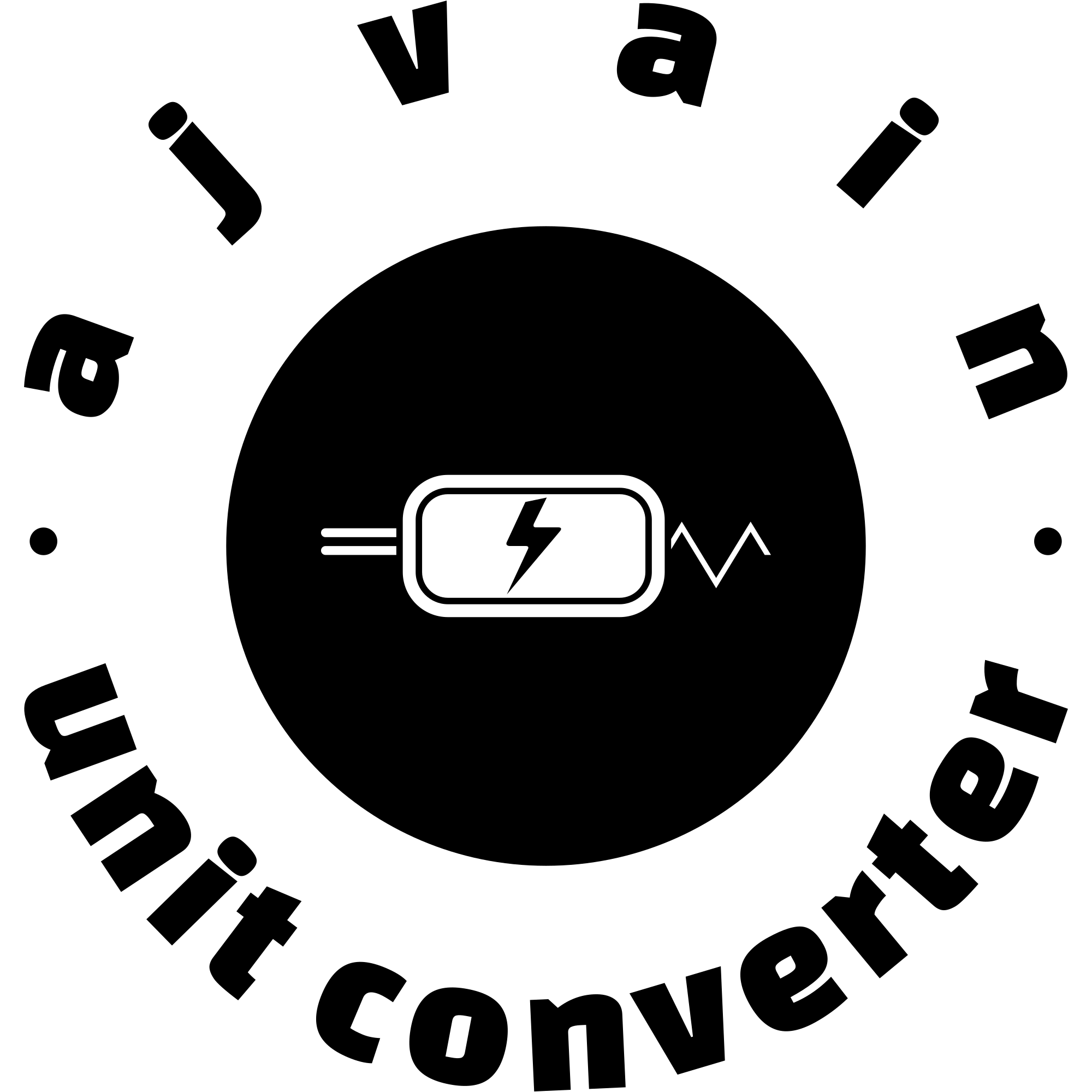Surface Charge Density Converter
Surface Charge Density Conversion Challenge
Introduction
The Surface Charge Density Converter is a specialized tool designed to convert surface charge density values between various units of measurement. Surface charge density is a critical parameter in the field of electromagnetism and material science, describing the amount of electric charge per unit area on a surface. Accurate measurement and conversion of surface charge density are essential for applications in electronics, physics research, and engineering.
Understanding Surface Charge Density
Surface charge density (σ) is a measure of the electric charge distributed over a surface area. It is expressed as the amount of charge (Q) per unit area (A) of the surface. The formula for calculating surface charge density is:
σ = Q / A
Where:
- σ is the surface charge density (in coulombs per square meter, C/m²),
- Q is the total charge (in coulombs, C),
- A is the surface area (in square meters, m²).
Importance of Conversion
Different measurement systems and scientific disciplines use various units to express surface charge density. Converting between these units is crucial for maintaining consistency and accuracy in calculations. The Surface Charge Density Converter ensures that users can easily convert values between units, facilitating comparisons and integration of data across different systems.
Features of the Surface Charge Density Converter
-
Comprehensive Unit Support
The Surface Charge Density Converter supports a wide range of units, including:
- Coulombs per Square Meter (C/m²): The standard unit of surface charge density in the International System of Units (SI).
- Microcoulombs per Square Meter (µC/m²): A smaller unit used for fine measurements.
- Nanocoulombs per Square Meter (nC/m²): Another smaller unit suitable for precise applications.
- Picocoulombs per Square Meter (pC/m²): Used for extremely small charge densities.
- Charge per Unit Area (Q/A): Custom units based on specific requirements.
-
User-Friendly Interface
The converter features an intuitive and easy-to-use interface. Users can input values in one unit, select the target unit, and obtain the converted value instantly. The design prioritizes simplicity and accessibility, making it suitable for both experienced professionals and beginners.
-
Accurate Conversion Algorithms
Precision is crucial for surface charge density measurements and conversions. The Surface Charge Density Converter utilizes accurate algorithms to ensure that converted values are reliable and consistent. This precision is essential in applications where even minor deviations can significantly impact results.
-
Real-Time Results
The converter provides real-time results, allowing users to quickly obtain converted surface charge density values. This feature is especially useful in dynamic environments where rapid calculations are needed for decision-making and troubleshooting.
-
Advanced Features
Some versions of the Surface Charge Density Converter offer additional advanced features, such as:
- Temperature Adjustment: Surface charge density can vary with temperature. This feature adjusts the conversion based on temperature changes, providing more accurate results under different conditions.
- Batch Conversion: Users can input multiple surface charge density values and convert them simultaneously. This feature is useful for processing large datasets efficiently.
-
Educational and Research Applications
The converter serves as a valuable tool in educational settings and research laboratories. It helps students and researchers understand surface charge density concepts and perform accurate conversions for their studies.
-
Integration with Other Tools
The Surface Charge Density Converter can integrate with other scientific and engineering tools, enhancing its utility in comprehensive analysis and data processing.
Mathematical Conversions
The Surface Charge Density Converter performs conversions using standard mathematical relationships between different units of surface charge density. Here are some common conversion formulas:
-
Coulombs per Square Meter to Microcoulombs per Square Meter
To convert from coulombs per square meter (C/m²) to microcoulombs per square meter (µC/m²):
1 C/m² = 106 µC/m²
σµC/m² = σC/m² × 106 -
Microcoulombs per Square Meter to Nanocoulombs per Square Meter
To convert from microcoulombs per square meter (µC/m²) to nanocoulombs per square meter (nC/m²):
1 µC/m² = 103 nC/m²
σnC/m² = σµC/m² × 103 -
Nanocoulombs per Square Meter to Picocoulombs per Square Meter
To convert from nanocoulombs per square meter (nC/m²) to picocoulombs per square meter (pC/m²):
1 nC/m² = 103 pC/m²
σpC/m² = σnC/m² × 103
Applications
The Surface Charge Density Converter is utilized in various fields and applications:
-
Electromagnetic Research
In electromagnetic research, surface charge density measurements are crucial for studying electric fields and interactions. The converter helps researchers accurately measure and convert surface charge density values for their experiments.
-
Capacitor Design
Capacitors are essential components in electronic circuits, and their performance depends on surface charge density. Engineers use the converter to ensure that capacitor designs meet specified charge density requirements.
-
Material Science
In material science, surface charge density affects the behavior of materials under electrical stress. The converter assists scientists in analyzing and designing materials with specific charge density characteristics.
-
Educational Tool
The converter serves as an educational tool for students learning about surface charge density and its applications. It provides a practical means to understand theoretical concepts through hands-on experience.
-
Quality Control
In manufacturing, precise surface charge density measurements are essential for ensuring that components meet quality standards. The converter aids quality control technicians in verifying charge densities and maintaining product consistency.
Sponsored Links
Electricity Converters
- Charge Converter
- Current Converter
- Electric Conductance Converter
- Electric Conductivity Converter
- Electric Field Strength Converter
- Electric Potential Converter
- Electric Resistance Converter
- Electric Resistivity Converter
- Electrostatic Capacitance Converter
- Inductance Converter
- Linear Charge Density Converter
- Linear Current Density Converter
- Surface Charge Density Converter
- Surface Current Density Converter
- Volume Charge Density Converter
